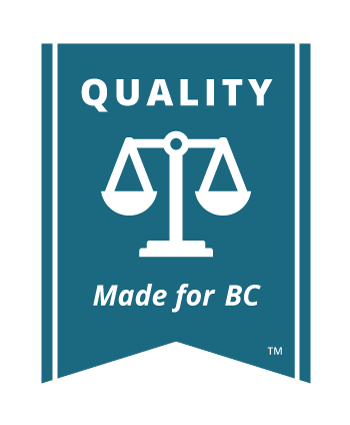Parenting Plan
A parenting plan is a document that describes parenting arrangements and explains the decisions made about caring for the children. It is helpful to make a parenting plan to prepare for and minimize future conflict. Parenting plans can stand on their own as a separate document or can be included in separation agreements. Parenting Plans set out how you are to share the responsibilities of parenting and what your rights as a parent are. Parenting Plans can provide more detail than Separation Agreements, and are often created first. It’s also very common to simply copy the terms of the parenting plan into the separation agreement once you have agreed on a separation agreement.
There are no specific laws about constructing parenting plans or what should and shouldn't be in them. Therefore, you and the other parent can come up with as creative a plan as you would like so long as you keep the child’s best interests in mind.
Included in a Parenting Plan
- parenting arrangements
- how you will make decisions about the children;
- how you will share information with the other parent;
- how each parent will spend time with the children; and
- how you will deal with other parenting issues.

DIY
When you’re ready to make a parenting plan, use the Parenting Plan Worksheet

Resources
For help making your own parenting plan see Department of Justice's Parenting Plan Tool.






